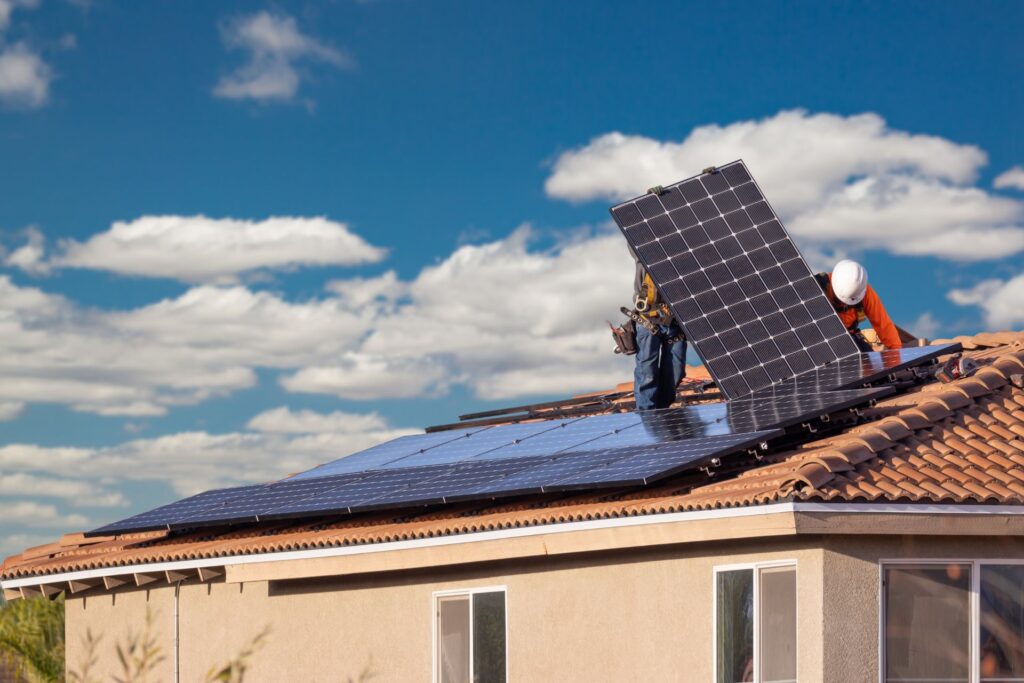Have you ever looked at your monthly power bill and wondered if there’s a better way? Maybe you’ve felt a twinge of guilt about your carbon footprint, or you’ve dreamed of a home that’s both beautiful and self-sufficient. In 2025, these hopes are more achievable than ever. Solar roofing isn’t just a tech upgrade—it’s a lifestyle shift that brings savings, security, and a sense of purpose. Imagine your roof not just sheltering your family, but also quietly powering your daily life, rain or shine. This guide will walk you through how to make solar panels a natural part of your home, what’s new in solar roofing, and how to get the most value from your investment.
Latest Innovations and Trends in Solar Roofing
The world of solar roofing is evolving fast. No longer limited to big, obvious panels, today’s options include solar shingles and tiles that look just like regular roofing materials. Brands like Tesla and GAF Energy have made it possible for homeowners to enjoy sleek, integrated solar roofs without sacrificing style.
What’s Trending in 2025
- Solar shingles and tiles: These blend in with your roof, making solar almost invisible while still generating plenty of energy.
- Smarter energy systems: New inverters and home batteries let you store solar power for use at night or during outages, giving you more control.
- Government support: Tax breaks and flexible financing make solar roofing more affordable than ever.
- Built to last: Modern solar roofs are designed to handle harsh weather and come in colors and styles that match your home.
Why People Are Making the Switch
- Dramatic drops in utility bills, and sometimes even the chance to sell unused power back to the grid.
- Boosted property value and a more attractive home.
- A real, measurable impact on reducing your household’s emissions.

Steps to Prepare for Solar Roof Installation
Getting your home ready for solar isn’t complicated, but it does require some planning. Here’s how to set yourself up for a smooth installation:
Check Your Roof’s Health
Before anything else, have a roofing expert inspect your home. Solar panels and shingles add weight, so your roof should be in good condition. If it’s older or damaged, consider repairs or replacement first.
Pick the Best Solar Solution
Think about your roof’s direction, how much sunlight it gets, and your energy needs. Solar tiles are perfect for new builds or major renovations, while traditional panels might be better for newer roofs. Look for the latest models with high efficiency and smart features to maximize your investment.
Plan the Layout and Paperwork
Work with your installer to design a layout that captures the most sunlight and keeps maintenance simple. Make sure you meet local building codes and check if installing solar affects your roof warranty. Always choose certified professionals to ensure quality and safety.
Solar Roofing Costs in 2025: What to Expect
Costs for solar roofing can vary, but understanding the basics will help you budget wisely.
Price Ranges and What Affects Them
- Standard solar panel systems typically cost around $20,000 after incentives for an average-sized home, or about $2.50 per watt.
- Fully integrated solar roofs, such as those from Tesla, can run much higher—sometimes over $100,000 before rebates, but this includes a new roof and solar generation.
- Newer brands are entering the market with more efficient and longer-lasting products, which could influence prices and options in the coming years.
Long-Term Value
The initial costs may seem high, but they are frequently outweighed by the long-term power bill savings and the increase in the value of your house. Plus, with financing and government incentives, you can start saving from day one.
Tips for a Smooth Solar Integration
- Select installers who have demonstrated expertise in both solar and roofing technologies.
- Consider adding a home battery to store excess energy for use at night or during blackouts.
- Keep your panels or shingles clean and have them checked regularly for optimal performance.
- Use energy monitoring apps to track how much power you’re generating and using.
- Think about combining solar with other smart home upgrades for even greater efficiency.
FAQs
Most solar roofing systems are built to last 25 to 30 years, with many offering warranties that match or exceed this lifespan.
Solar panels are mounted on top of your existing roof, while solar shingles or tiles replace traditional roofing materials and blend in seamlessly.
Depending on your energy use and local rates, it’s common to see 50% or more cut from your electricity bills.
- With energy prices rising, technology improving, and strong incentives available, solar roofing makes financial and environmental sense for most homeowners.
Conclusion
Solar roofing in 2025 is about more than just cutting costs—it’s about taking control of your energy future and making your home part of the solution. By choosing the right system, preparing your home, and working with trusted professionals, you can turn your roof into a source of pride and savings. Start your journey today and enjoy the confidence that comes from investing in a brighter, cleaner future for your family.
Content Source
Tesla, GAF Energy










